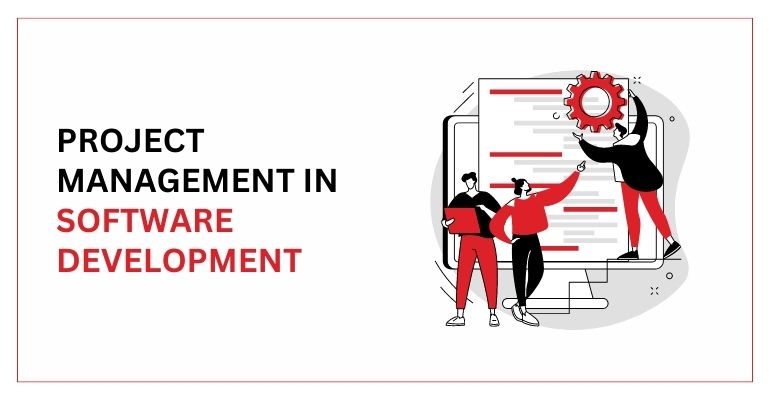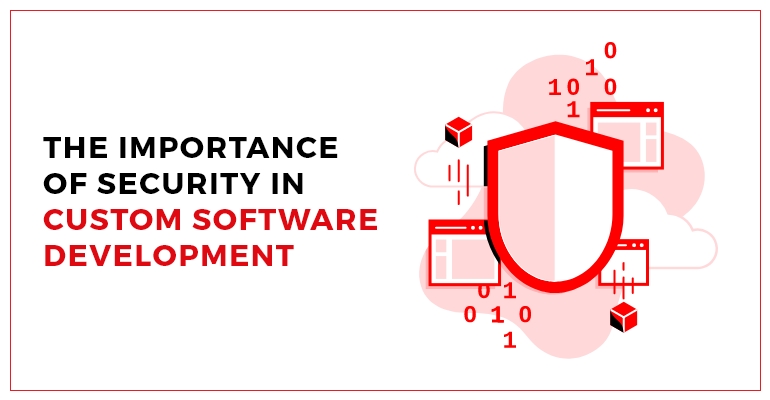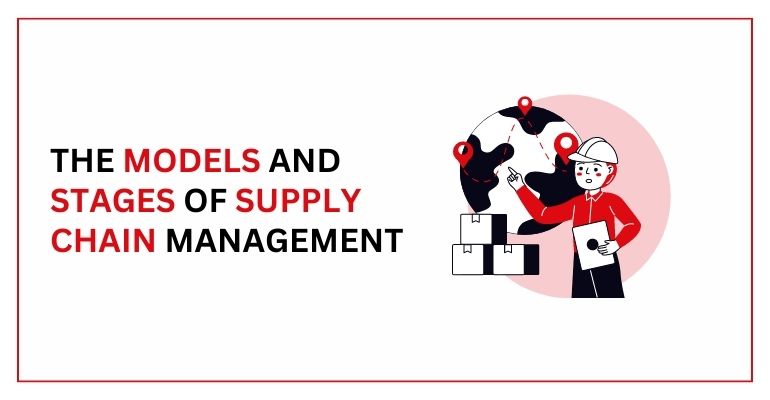PROJECT MANAGEMENT IN SOFTWARE DEVELOPMENT
April 5, 2023
Samantha Jones
Project Management
The role of a project manager is crucial to project completion. Project Management involves planning to use all resources available to achieve a particular objective in time. It focuses on the optimal use of resources in each project phase to meet the project scope.
In software development, a project manager is a focal point between stakeholders and the development team. It is essential to meet the needs of all stakeholders in the project and align each step in the development process with the final objective.
Ensuring quality in a project is crucial, especially in custom software development. Therefore, efficient project management is necessary to attain the objectives in time. Let’s explore the stages and types of project management for a smooth development process.
THE FIVE STAGES OF SOFTWARE PROJECT MANAGEMENT
The stages involved in project management can occur once in smaller projects. For bigger software projects, break the project into phases and follow these stages in each phase. The five stages are:
1. INITIATION
Preparing a complete feasibility report and highlighting a project’s objectives is vital. Initiation lets you list the expectations from a client and the development team’s capacity to assist as a bridge to accomplish the software development. It includes documenting the following key aspects in the Project Charter:
- Stakeholders
- Requirements
- Project Resources
- Project Timeline
- Project Phases
- Project Risks
Effective use of resources demands listing every aspect before planning and mapping them against the requirements. Custom software development sometimes involves large developments with multiple phases as mini-projects. It is also essential to list phases and specify a timeline for each phase to complete the overall project before the deadline. Risk assessment allows you to adopt mitigation techniques.
2. PLANNING
Once you have the details of all the aspects, the next thing is to break the objective into achievable goals and map those goals with timelines. You also involve all stakeholders in each planning session to decide the requirements and responsibilities in each project stage. Ask certain questions to chart the scheduling of each task, such as:
- What information do you need?
- Who is responsible?
- What resources do you require?
- How much time does it take?
- What is the Scope of the Project?
- What are the Risks Involved?
- How to mitigate the Risks?
The second most important thing is to list the resource requirement for tasks. It lets you manage resources better and begin work on multiple phases. However, the approach to start two or more phases is only for custom software development projects to optimize resource usage. The four resource allocation methods, according to The Digital Project Manager, are:
- Critical Path Method
- Critical Chain Method
- Resource Leveling
3. EXECUTION
The execution of a project needs some aligning and mediating from the project management with more focus on time and resource constraints. While mediating collaboration among team members to complete tasks assigned to individuals. It helps to implement the planned responsibilities and achieve project or phase goals without delay.
In custom software development, the execution phase may take longer as it has extensive coding and database development. The development team in such scenarios is usually divided into two groups. Front-end developers are responsible for user interfaces like forms, reports, and display design elements. Back-end developers are responsible for database design, APIs, linkages, and workflows.
4. MONITORING AND CONTROLLING
The most important project management stage is monitoring and controlling the outcome. It also deals with the removal of any bugs in the software. However, monitoring and controlling were a part of the implementation. But think of it as overlapping some of the execution and closure stages.
The main job at this stage is to evaluate the software on the objective and goals set out for development. You can find and fix the redundancies in the software and project goals at this stage. By aligning the tasks in execution, you can achieve those objectives.
5. CLOSURE
The project needs proper closure by the project management. It involves handing over the software to the client while providing training to users if necessary. You then proceed to test runs and live runs of the software to eliminate any chances of errors. Each step in the closure stage needs documentation with sign-offs and acceptances from all stakeholders.
The development team also holds closure meetings to discuss the interruptions in the project phases or tasks and plan better techniques for improvements in future projects. Project managers are responsible for preparing a complete report that covers the entire software project. Sometimes they also suggest further improvements or extensions for better organizational operations.
TYPES OF PROJECT MANAGEMENT
There are many types of project management techniques based on the nature of the project. Some examples are construction projects, rehabilitation projects, education projects, etc. However, we will discuss the types that are relative to software development.
WATERFALL
The traditional approach requires the completion of one task before starting another. In such a format, task performance is linear, and a lack of flexibility can create difficulties for later phases. Bug removal and missing a timeline in one task can delay the whole project.
AGILE
Agile project management uses a collective approach. Different phases of a project are started simultaneously by grouping resources in teams. Teams perform assigned tasks and remove issues in each task to complete the project on time.
SPIRAL
The spiral project management combines both waterfall and agile methods for continual upgrading. The base of the spiral indicates the start of a project, and it keeps growing spirals that pass through the four development stages hence giving it the name.
LEAN
It took inspiration from Japanese techniques of Just-in-time and Assembled-on-deck. Project management through the Lean model reduces waste by using fewer resources for maximum product value. You can use the Lean method to improve consistency in the project.




